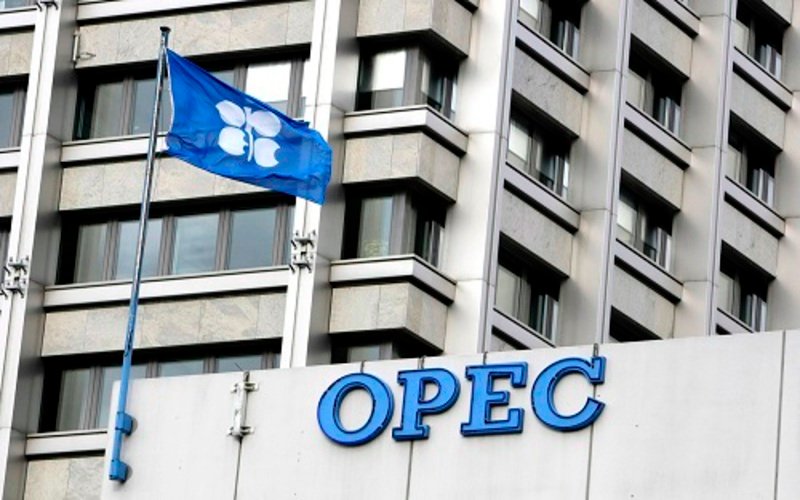OPEC’s proportion of India’s oil imports declined rapidly in 2022/23 to the lowest in at least 22 years as cheaper Russian crude increased, according to industry insiders, and could fall further this year.
OPEC members, mostly from the Middle East and Africa, saw their share of India’s oil market fall to 59% in the fiscal year to March 2023 from 72% in 2021/22, according to a Reuters study of 2001/02 data.
The report showed that Russia overtook Iraq as India’s top oil supplier last fiscal year, pushing Saudi Arabia to No. 3.
After Russia invaded Ukraine in February 2022, India became the main buyer of Russian seaborne oil, reducing OPEC’s share.
The research showed India imported 23% of its 4.65 million bpd of Russian oil in 2022/23.
If Russian supplies remain high, OPEC’s share in India, the world’s third-largest oil importer, might be further squeezed later this year.
“Russian crude is already cheaper than the similar Middle Eastern grades and it seems OPEC is harming itself by a reduction in output,” said Refinitiv analyst Ehsan Ul Haq.
“It will further erode its market share in Asia.”
Russian oil increased the share of Commonwealth of Independent States (C.I.S.) countries to a record 26.3% and decreased that of Middle Eastern and African nations to 22-year lows of 55% and 7.6%, respectively.
The study revealed 64% Middle East and 13.4% Africa in 2021/22. Latin America dropped to 4.9% in 2022/23.
The data revealed that state refiners increased runs to fulfill rising local gasoline demand after private refiners moved to exports instead of selling fuel at below-market rates.
Government figures suggest local refiners processed 6% more crude at 5.13 million bpd in 2022/23.
According to data, India imported about 5 million bpd of oil in March, up slightly from February. Russian oil made up 36% of imports.
“OPEC’s output cut decision is helping Russia as well,” said Haq, adding that the planned supply cut has raised global oil prices and decreased Russian oil’s discounts against Brent and Dubai benchmarks.
The Group of Seven, the European Union, and Australia capped Russian exports at $60 a barrel to reduce Moscow’s income while enabling traders to use Western ships and insurance.










































Comment Template